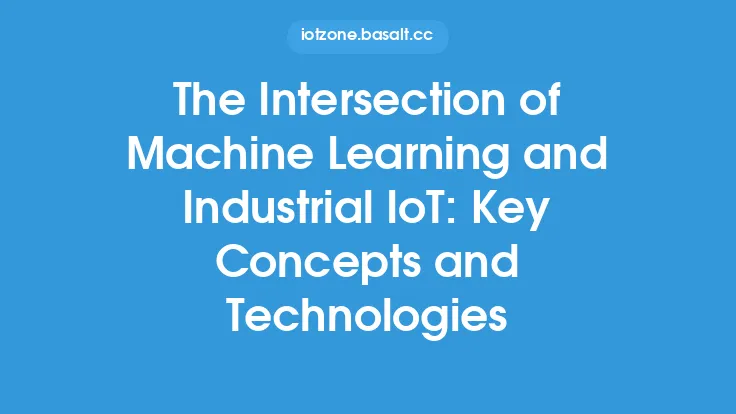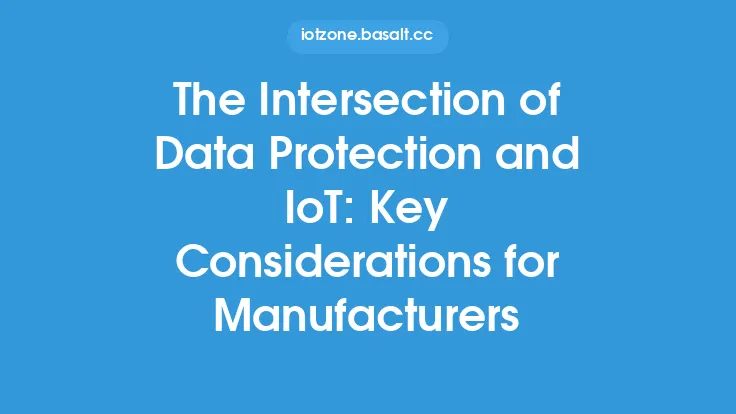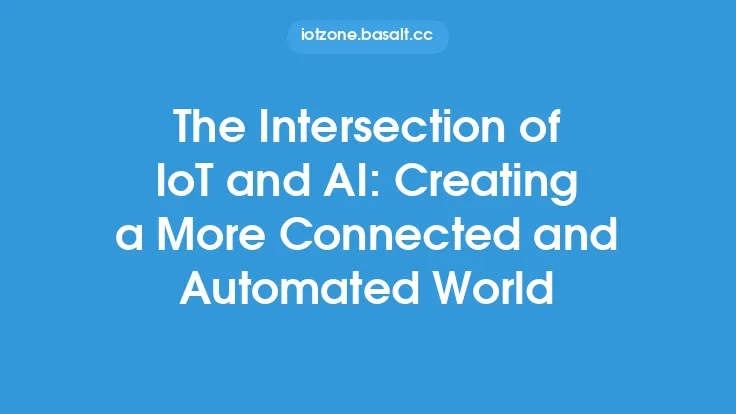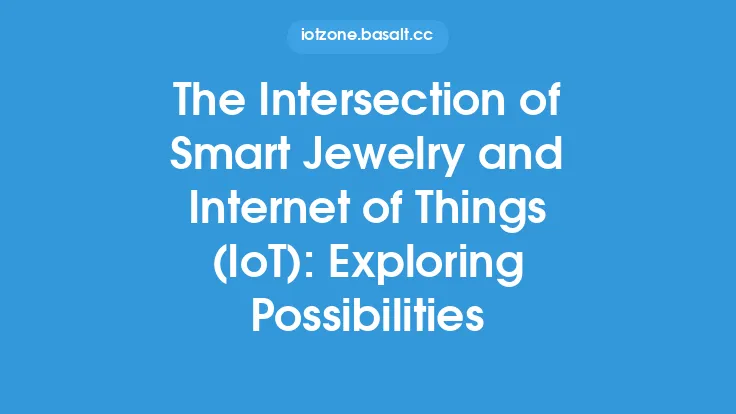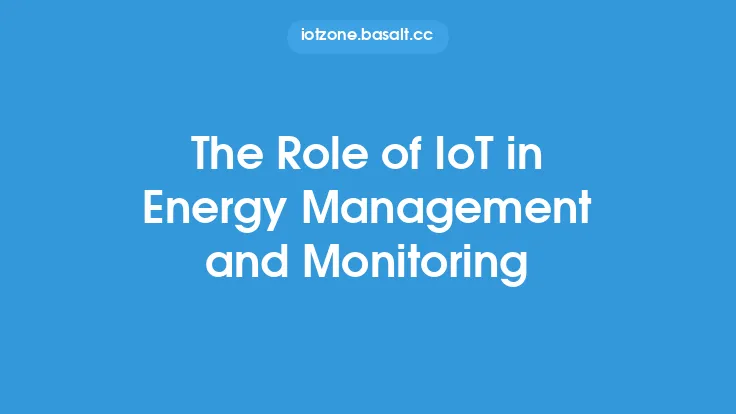The Internet of Things (IoT) and Big Data are two of the most significant technological advancements of the 21st century. The IoT refers to the network of physical devices, vehicles, home appliances, and other items that are embedded with sensors, software, and connectivity, allowing them to collect and exchange data. Big Data, on the other hand, refers to the vast amounts of structured and unstructured data that are generated by various sources, including IoT devices. The intersection of IoT and Big Data has given rise to a new era of data-driven decision making, where organizations can leverage the insights generated from IoT data to improve their operations, enhance customer experience, and create new business models.
Introduction to IoT Data
IoT data is generated by a wide range of devices, from simple sensors and actuators to complex systems such as industrial control systems and autonomous vehicles. This data can be categorized into several types, including structured data, such as temperature and pressure readings, and unstructured data, such as images and videos. IoT data can also be classified based on its velocity, variety, and volume, which are commonly referred to as the 3Vs of Big Data. The velocity of IoT data refers to the speed at which it is generated, the variety refers to the different types of data, and the volume refers to the sheer amount of data generated.
Challenges of IoT Data Analytics
The analysis of IoT data poses several challenges, including the handling of large volumes of data, the integration of data from diverse sources, and the extraction of insights from complex data sets. One of the major challenges is the lack of standardization in IoT data, which makes it difficult to integrate and analyze data from different devices and systems. Another challenge is the need for real-time processing and analysis of IoT data, which requires specialized hardware and software infrastructure. Additionally, the security and privacy of IoT data are major concerns, as the data is often sensitive and can be used for malicious purposes if it falls into the wrong hands.
Solutions for IoT Data Analytics
To overcome the challenges of IoT data analytics, several solutions have been developed, including the use of cloud-based infrastructure, distributed computing frameworks, and advanced analytics tools. Cloud-based infrastructure provides the scalability and flexibility needed to handle large volumes of IoT data, while distributed computing frameworks such as Hadoop and Spark enable the processing and analysis of data in parallel. Advanced analytics tools such as machine learning and deep learning algorithms can be used to extract insights from complex IoT data sets. Additionally, the use of edge computing and fog computing can help to reduce the latency and improve the real-time processing of IoT data.
Role of Data Processing and Storage
Data processing and storage are critical components of IoT data analytics. The processing of IoT data involves several steps, including data ingestion, data cleaning, data transformation, and data analysis. Data ingestion refers to the process of collecting and transporting data from IoT devices to a central location, where it can be processed and analyzed. Data cleaning involves the removal of errors and inconsistencies from the data, while data transformation involves the conversion of data into a format that can be analyzed. Data analysis involves the use of statistical and machine learning algorithms to extract insights from the data. The storage of IoT data is also critical, as it requires specialized infrastructure that can handle large volumes of data. Several storage solutions are available, including relational databases, NoSQL databases, and data warehouses.
Importance of Data Security and Privacy
The security and privacy of IoT data are major concerns, as the data is often sensitive and can be used for malicious purposes if it falls into the wrong hands. Several security threats are associated with IoT data, including data breaches, cyber attacks, and unauthorized access. To mitigate these threats, several security measures can be taken, including the use of encryption, authentication, and access control. Encryption involves the conversion of data into a code that can only be deciphered by authorized parties, while authentication involves the verification of the identity of devices and users. Access control involves the restriction of access to authorized parties, based on their roles and responsibilities. Additionally, the use of secure communication protocols such as HTTPS and CoAP can help to protect IoT data during transmission.
Real-World Applications of IoT Data Analytics
IoT data analytics has several real-world applications, including predictive maintenance, quality control, and smart cities. Predictive maintenance involves the use of IoT data to predict when equipment is likely to fail, allowing for proactive maintenance and reducing downtime. Quality control involves the use of IoT data to monitor the quality of products and processes, allowing for real-time adjustments and improvements. Smart cities involve the use of IoT data to manage and optimize urban infrastructure, including traffic management, energy management, and waste management. Additionally, IoT data analytics can be used in several other industries, including healthcare, finance, and retail.
Future of IoT Data Analytics
The future of IoT data analytics is promising, with several trends and technologies emerging, including the use of artificial intelligence, blockchain, and 5G networks. Artificial intelligence involves the use of machine learning and deep learning algorithms to extract insights from IoT data, while blockchain involves the use of a distributed ledger to secure and authenticate IoT data. 5G networks involve the use of high-speed wireless communication to support the transmission of large volumes of IoT data. Additionally, the use of edge computing and fog computing is expected to increase, as it provides a more efficient and effective way to process and analyze IoT data. Overall, the intersection of IoT and Big Data has given rise to a new era of data-driven decision making, and its future is expected to be shaped by several technological advancements and innovations.
